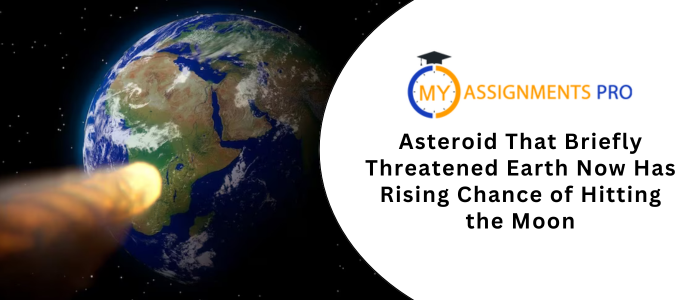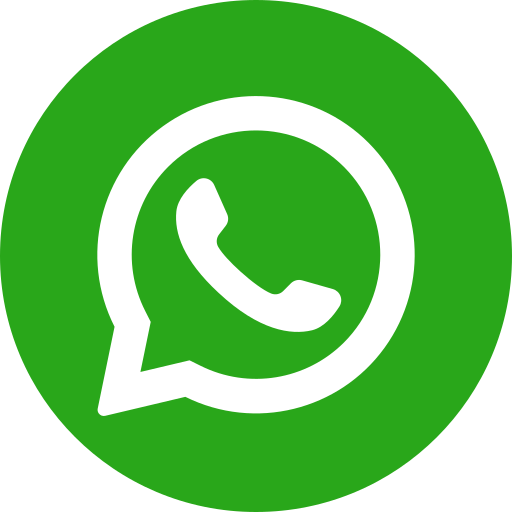
Earlier this year, asteroid 2024 YR4 caused alarm when it was briefly projected to have a 3.1% chance of hitting Earth—the highest impact risk ever recorded for our planet. The global planetary defense community quickly mobilized to track the asteroid and assess the threat.
Fortunately, further observations ruled out a collision. Earth is safe, and the asteroid will not strike on December 22, 2032.
New Threat: The Moon in the Crosshairs
While Earth has dodged the danger, the story isn’t over. New data from the James Webb Space Telescope shows the asteroid now has a 3.8% chance of colliding with the moon, up from earlier estimates.
NASA was quick to clarify that there’s still a 96.2% chance it will miss. Nonetheless, the rising odds have caught the attention of scientists.
Richard Moissl, head of the European Space Agency's planetary defense office, confirmed that their calculations also estimate a roughly 4% impact chance.
A City-Leveling Space Rock
Webb’s detailed observations have revised the asteroid’s estimated size to between 53 and 67 meters (174 to 220 feet)—larger than initially thought and taller than a 15-story building.
This is significant, as the asteroid now crosses the 50-meter threshold for launching potential planetary defense missions.
“If the asteroid still had more than a 1% chance of hitting Earth, deflection missions would already be underway,” said Moissl.
Defending Earth: Tested and Theoretical
Although Earth is safe this time, the asteroid has reignited discussions around planetary defense. Options like nuclear weapons, kinetic impactors, and lasers are often proposed.
So far, only one has been tested: NASA’s DART mission in 2022, which successfully changed the path of a harmless asteroid by crashing a spacecraft into it.
Scientists Hope for a Moon Impact
While no one wanted a real-world asteroid emergency, many scientists are excited about the possibility of 2024 YR4 hitting the moon.
“A sizable moon impact could offer invaluable scientific data,” Moissl said, potentially improving future planetary defense strategies.
Mark Burchell, a space scientist at the University of Kent, added that a moon collision would be “a great experiment and a perfect opportunity.” He believes it would be visible through telescopes—and possibly even binoculars—from Earth.
The Smallest Object Observed by Webb
The asteroid is now the smallest object ever observed by the James Webb Space Telescope. Its thermal profile shows it doesn’t share characteristics common in larger asteroids, likely due to its fast spin and coarse surface texture—traits usually seen in much smaller, fist-sized rocks.
More Observations Coming Soon
Webb is scheduled to observe the asteroid again next month, which may bring new insights and further refine the chances of a moon impact.
Until then, scientists will be watching—and hoping—for a cosmic collision that could teach us more about defending our planet.
Unlock Your Academic Potential with Expert Assignment Assistance
Struggling with assignments? Our expert assignment help service is here to guide you from start to finish. We provide thoroughly researched, 100% original, and top-quality content across a variety of subjects, including business, law, finance, nursing, and statistics. With timely delivery, competitive pricing, and exclusive discounts on bulk orders, we make academic success easier and stress-free. Get in touch today for dependable and professional support!
source
Mitchell
Mitchell is a seasoned Ph.D. scholar with extensive expertise gained through years of rigorous research, publication, and teaching experience. He brings a wealth of knowledge and analytical skills to tackle complex academic challenges. His work is dedicated to delivering innovative solutions, advancing knowledge, and promoting academic excellence. Proficient in research methodology, data analysis, and scholarly writing, Mitchell has contributed to peer-reviewed journals and mentored students to achieve academic success.


